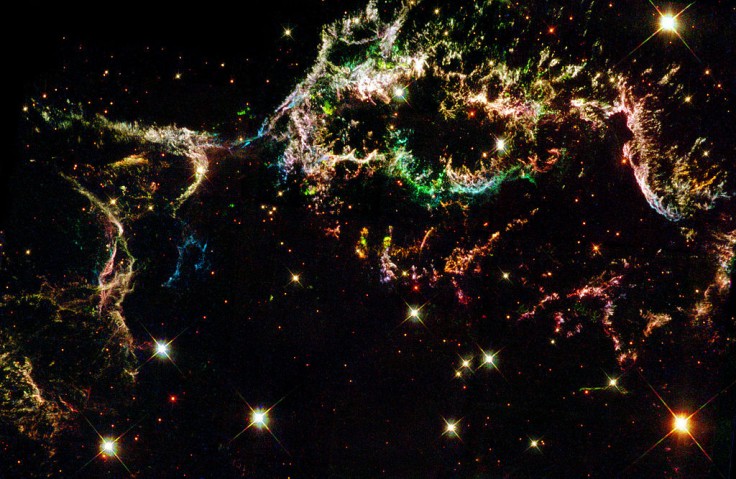
Eta Carinae, one of the brightest stars in the galaxy, exploded in 1840. The unusual outburst continued to burn across Earth's skies for over 50 years.
Now, a century and a half later, astronomers assembled a 3D model of this fantastic explosion.
According to SciTech Daily, Eta Carinae used to be an easily visible star on the southern skies of Earth. Mariners in the mid-1840s used it to navigate most of their voyages.
Unfortunately, its brightness faded in the years that followed.
Researchers explain that the visible brightness was caused by a distant explosion.
NASA Images: Eta Carinae Explosion 3D
Researchers and scientists worked together to create the 3D model for Eta Carinae.
NASA space observatories used infrared light through X-rays to observe the traces left by the star.
In the end, they assembled a model for the Humunculus Nebula, which is the remaining mass left after the star's explosion.
SciTech Daily uploaded a video format of the model. The video points out that Eta Carinae was part of the star-forming region in the Carina Nebula.
Eta Carinae was also recognized as one of the most massive stars in the entire Milky Way Galaxy.
When it exploded, Eta Carinae was blocked by space gas and dust.
So, researchers decided to observe it based on visible, ultraviolet, hydrogen, and X-ray. Each observation also serves as an astronomical visualization of the multiwavelength emissions.
Keep in mind that during the explosion, all these emissions happened instantaneously.
Astronomers and artists at the Space Telescope Science Institute (STScI) in Baltimore, Maryland, designed the Humunculus Nebula in an hourglass shape.
This is to represent the core that got caught in the middle. The resulting model gives a 360-degree tour of Eta Carinae.
Read Also : James Webb Space Telescope Reaches Final Destination: Now Orbiting Around Earth-Sun Lagrange Point
Eta Carinae NASA: The Star Explosion
Frank Summers, the lead scientist behind this project, said, "the team did such an amazing job representing the volumetric layers that viewers can immediately and intuitively comprehend the complex structure around (Eta Carinae). We can not only tell the story of the Great Eruption, but also showcase the resulting nebula in 3D," per SciTech Daily.
It is worth noting that this 3D model will be a huge help to future researchers. It introduces a new, fun and intuitive way of studying distant galaxies.
Eta Carinae might be the first explosion to be processed to a 3D model, but it certainly won't be the last.
Eta Carinae Star Explosion: Other Exciting Detail
Sources from CNET also point out that Eta Carinae is still prone to occasional outbursts and will likely end up as a black hole after another supernova explosion.
In other words, the star will yet again explode, and the incoming explosion might also be bigger than its previous one.
Unfortunately, the next blast is scheduled to happen a million years, so fans have no way of seeing it anytime soon.









